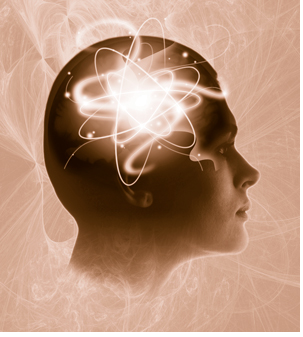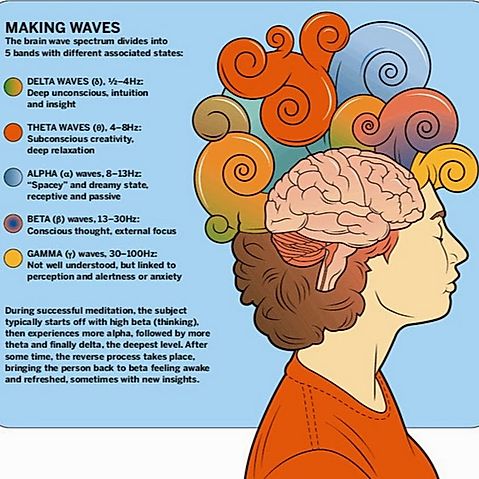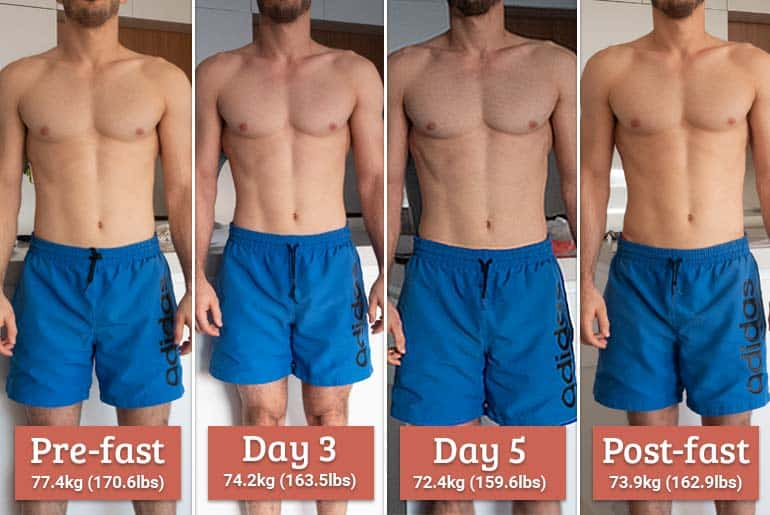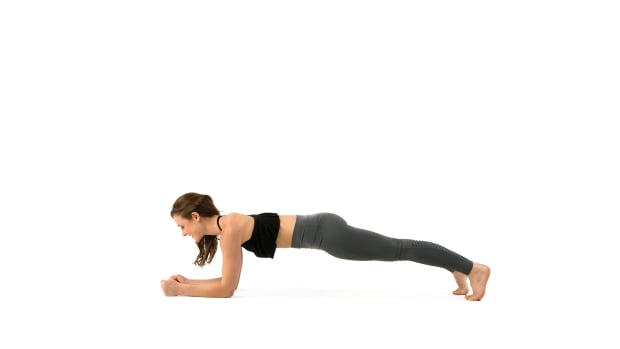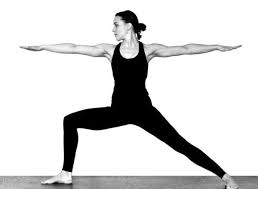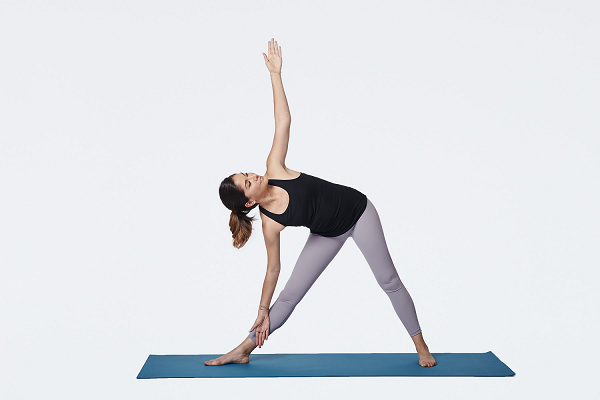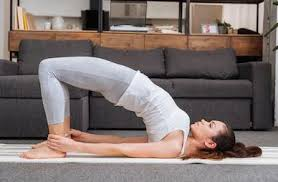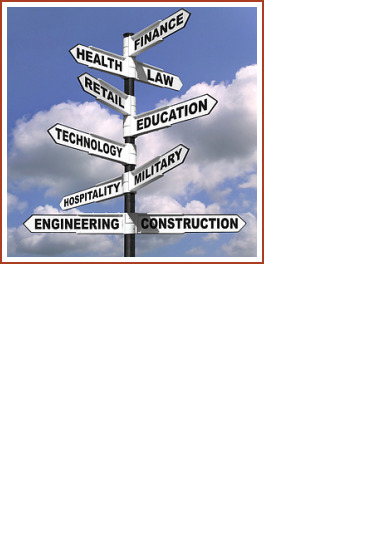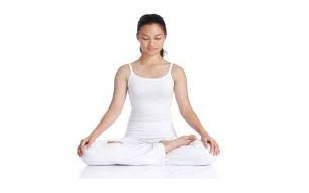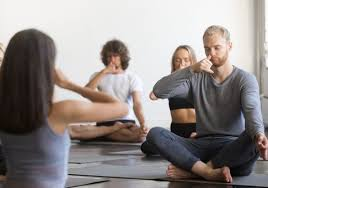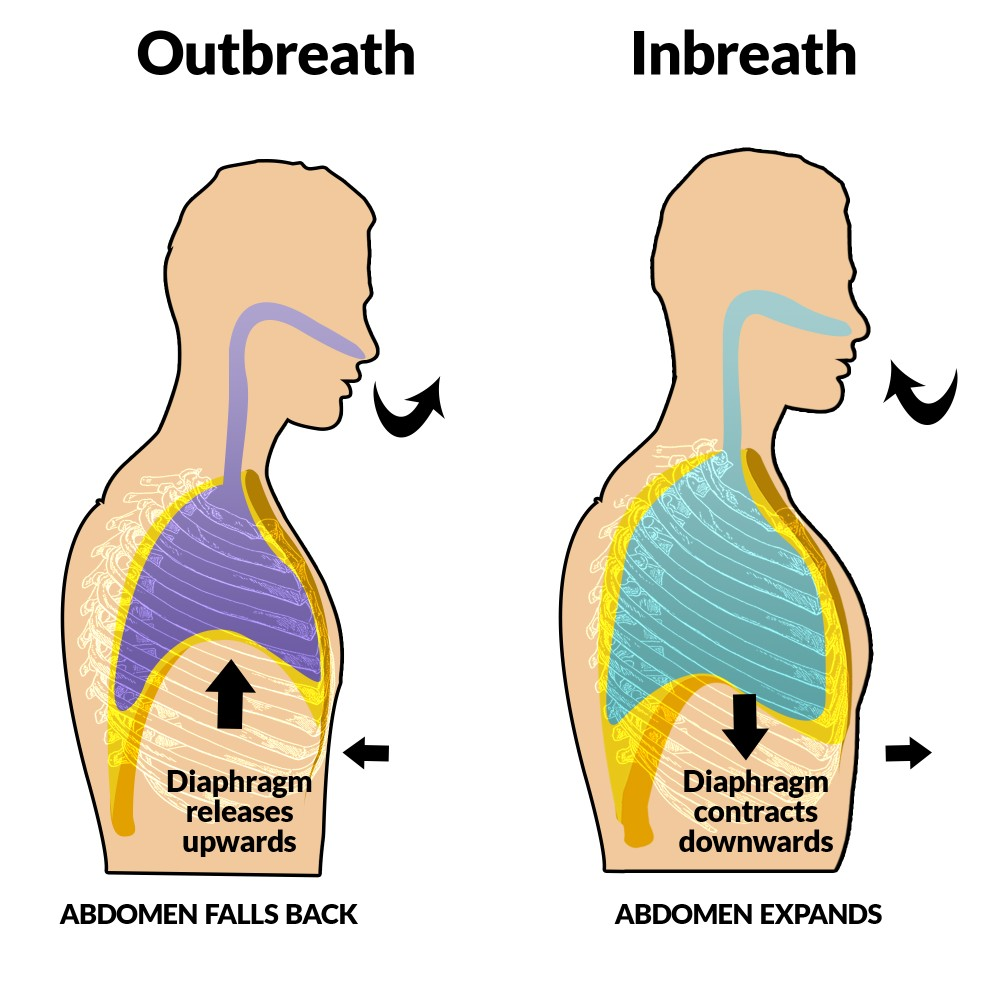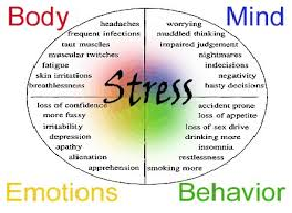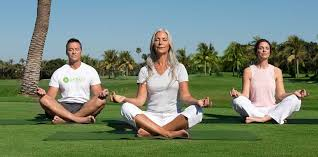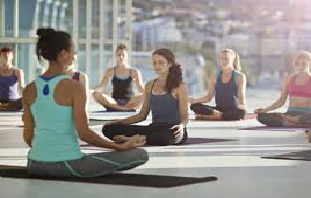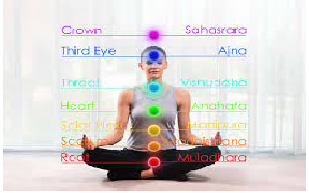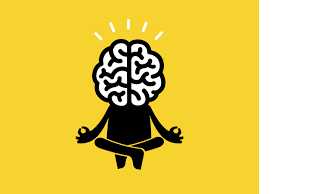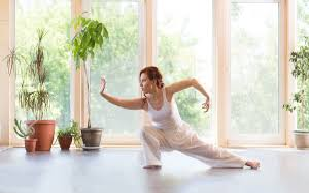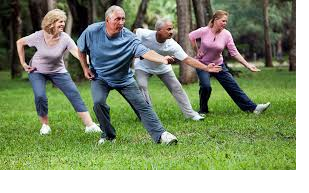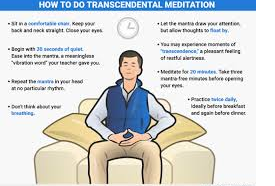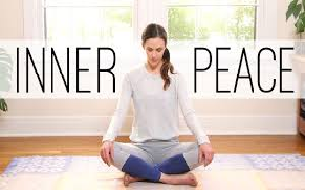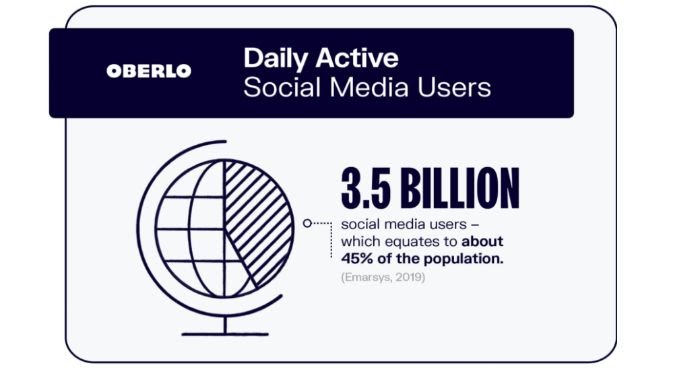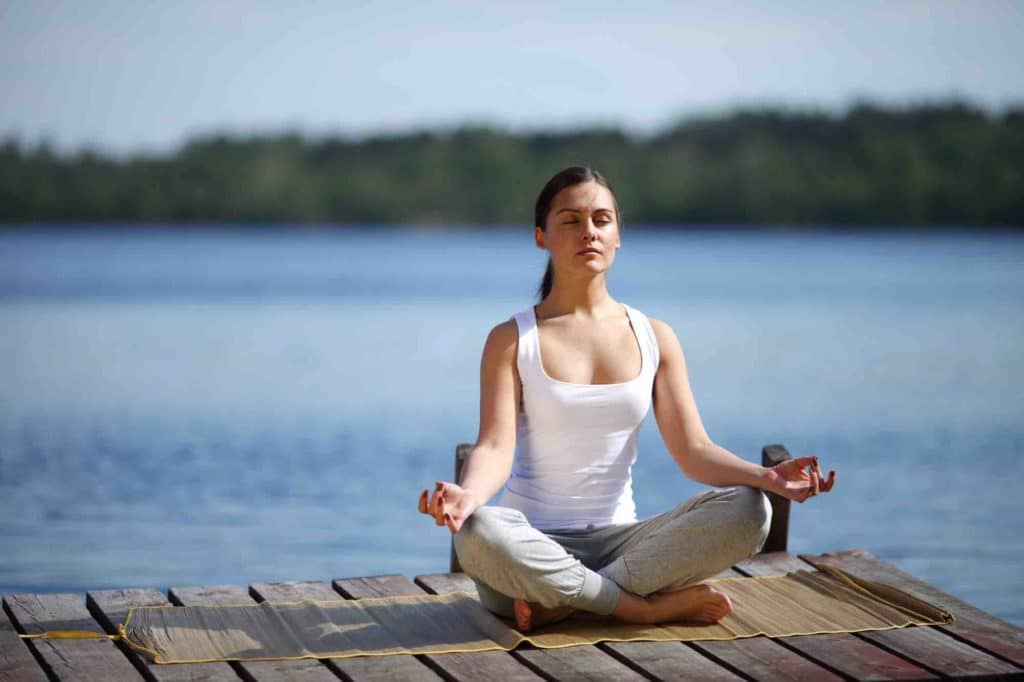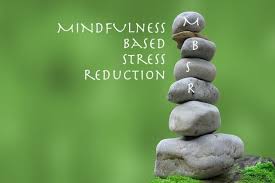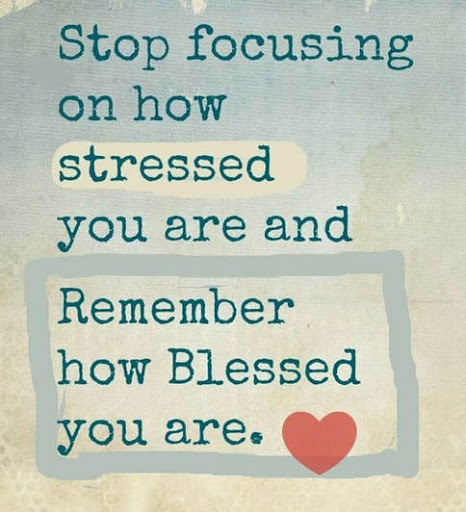benefits of doing Hatha yoga.
From increased flexibility, toned body, healthy heart to a relaxed mind, here are some key to hatha yoga adn many things you do daily life…
A collective phrase which refers to any type of Yoga that teaches Physical postures is known as Hatha Yoga. All the basic Yoga postures are introduced in Hatha Yoga. Hatha means ‘Force” in Sanskrit- the ancient Indian language which is the origin of many Yoga related term.
Customarily the desired intention has been the same as of various other types of Yoga. The mastery of Hatha yoga is worldwide favored in the form of physical exercise. Now a day it is simply termed as ‘Yoga’.
The practice of Hatha highlights the actual diet concept for the refinement of the body, proper breathing and its precept during the Yoga practice. Surya Namaskar or Saluting the Sun is composed of many asanas which are performed with a rapid sequence methodology in this yoga format.
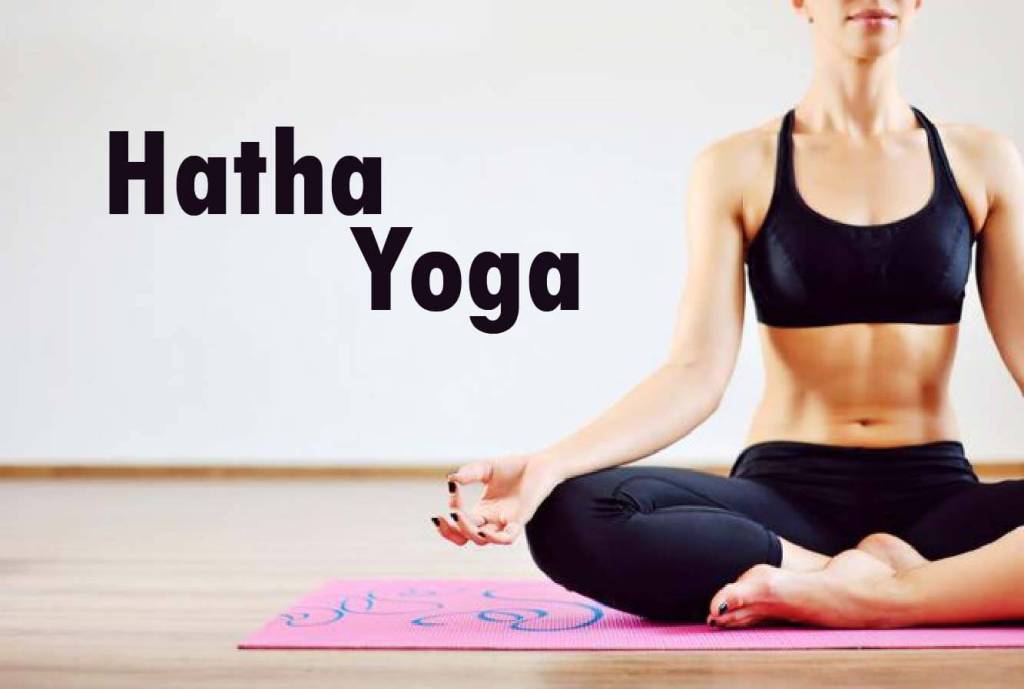
Hatha yoga is one of the branches of yoga. Hatha is a Sanskrit word which means forceful or being obstinate.
However, in a practical sense, it doesn’t mean that the yoga is done forcefully or when you are not willing to do it. Rather, the sense of “hatha” is positive in this Yoga form. It means to stay dedicated and focused while doing the asana.
Hatha yoga is the practice of yoga poses or asana for achieving self-transformation. These yoga poses involve twisting, bending, balancing or squeezing your body.
It is designed to promote calmness of the mind, spirit, and body. The yoga requires you to focus on breathing and channeling your energy as well.
Like other yoga forms, Hatha yoga is beneficial for overall health.
Breathing Techniques:
Pranayam means breath stretching exercise. Hatha yoga teaches various forms of breathing techniques. Proper breathing and the right use of breathing technique is of vital importance in the Hatha practice. During the exhalation and inhalation, three things that move are air, prana and yogi’s thoughts. And all these three are intimately connected with each others.
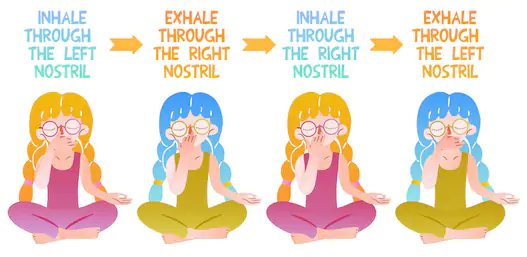
Proper Diet:
Moderate eating practice is highlighted in Hatha. The benefits obtained from the practice of Hatha Yoga is linked to the food which one eats and ones eating habits. The Hatha yoga practice suggests that one should not over eat food. It recommendations include; eat food only when hungry, rather to completely fill the capacity of one’s stomach leave a quarter portion empty and fill three quarters with quality food and fresh water. According to Hatha Yoga classic, eating a controlled diet is one of the important parts of a complete and successful practice.
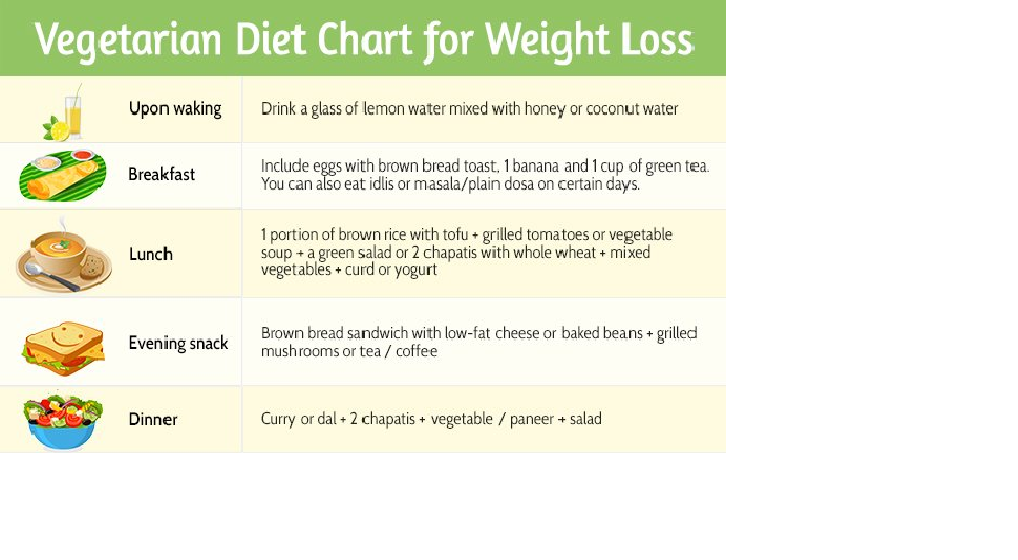
Correct Postures:
Before starting up with the Hatha yoga practice, one must establish a suitable location. Suitable in the sense, it should be away from all the distractions. A place where you get peace and silence all around. Once such a place is found, yogi commences with the Hatha yoga moves. It is said that ‘Practice makes a man perfect’ so with these yoga moves practicing daily, one gets the right move with the time.
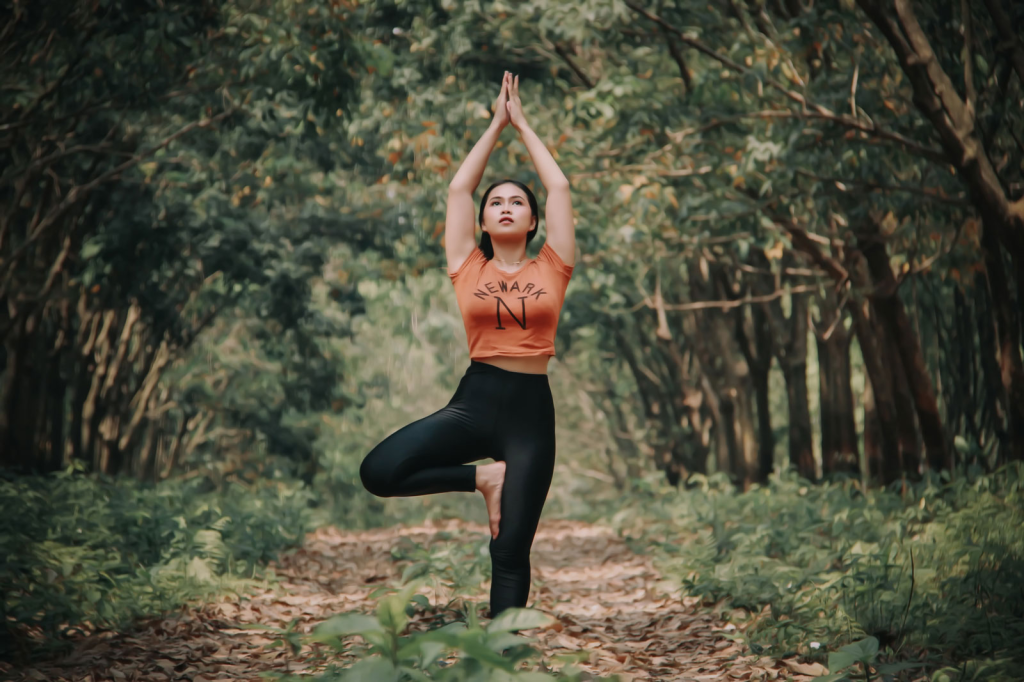
Meditation:
In the Hatha Yoga texts, Meditation is the ultimate goal of all the preparatory cleansing, asanas, pranayama and other steps. The aim of this meditation is to realize the complete absorption and union with the Brahman through inner mystic sound.
Hatha yoga can be introduced to a yogi beginner, but it should not be mistaken as an easy task. As it might prove challenging both physically and mentally for some. Hatha yoga classes provide an opportunity to stretch, unwind, and release tension. Studies state that a regular and proper yoga practice yields health benefits. Yoga’s combined focus on mindfulness, breathing and physical movements brings health benefits with regular participation.

Here are some of the striking benefits of
doing Hatha yoga.
1. Core Strength:
The core is the center of your body, including the spine, hips, and abs.
Strong core muscles are important for performing routine activities, from getting out of bed, bending over to tie your shoelace and lifting the things up. Their role is more important if you are an athlete. Weak core muscles affect your endurance and restrict your ability to bend or stretch your body. Even worse, they lead to lower back pain and muscle injuries
Hatha yoga is a great way to improve your core strength. Some of the effective poses like Boat, Plank and Downward Facing Dog target the sides of your abdominal. Chair and Warrior I pose work over your buttocks. Half Lift and Chair increase the strength of your spine and improve your ability to twist and bend as well.

2. Bone Density:
Low bone density or osteopenia can cause bone fractures or minimal trauma. Sometimes, it leads to osteoporosis disease being marked by weak and fragile bones.
While taking the right diet is important to make your bone stronger, hatha yoga is beneficial in treating the bone loss as it promotes bone density.
According to one , yoga can increase balance and coordination, thereby protecting against falling, that is a major cause of osteoporotic fractures. One study published in Topics in Geriatric Rehabilitation concludes that yoga can reverse bone loss.
These studies shouldn’t be surprising as several Hatha yoga poses like Warrior Pose, Triangle Pose, and Tree Pose can promote bone density.
In such poses, you use one group of muscles another, like the quad against the hamstrings or the gluteal muscles against the shoulder muscles. It creates an impact that physically triggers osteoblasts, which are the bone making cells that are initially found on the outside of the bone and turn into osteocytes. These cells then start incorporating within your bone. This phenomenon will develop new bone.
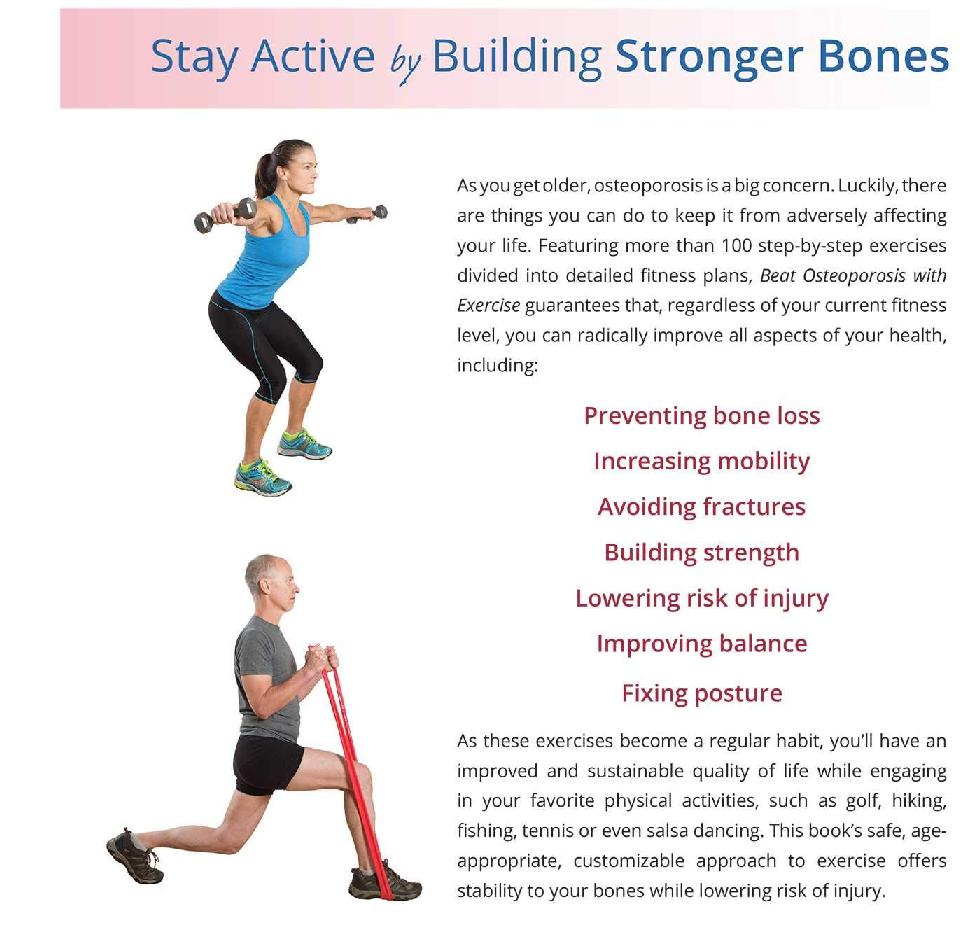
3. Healthy Heart:
Certain yoga poses improve cardiovascular health; enhance lung capacity; and strengthen respiratory function. It also promotes calmness and relief, thereby reducing the occurrence of hypertension, which is one of the leading causes of heart problems. Moreover, they improve blood circulation and minimize inflammation as well.
Yoga poses also stretch muscles, making them more sensitive to the insulin that is important for checking blood sugar. Then, yoga poses involve deep breathing to calm down blood pressure. Mind-calming meditation is another important part of yoga to ease the nervous system and stress as well. All these activities can help prevent disease.
Some of the best hatha yoga poses for the heart are Mountain Pose, Big Toe Pose, Downward Dog, and Lion’s Breath.
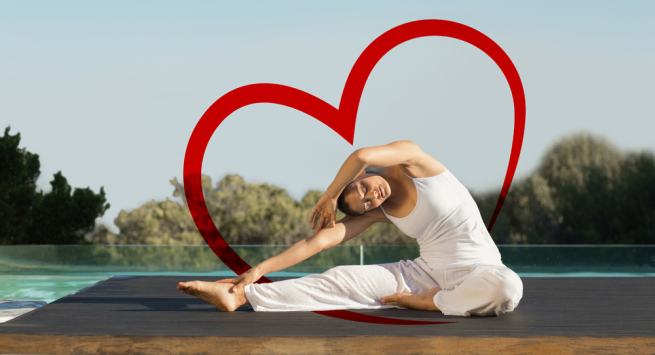
4. Healthy and Glowing Skin:
Here’s how the Hatha yoga keeps your skin healthy and glowing.
- It releases stress, which is a key cause of premature wrinkling, loss of elasticity, breakouts and tired appearance.
- It improves skin tone as it boosts blood flow to the nerves underneath the face. The improved blood circulation also removes dull and tired complexion.
- It prevents pimples and acne breakouts as it flushes out the toxins.
- It strengthens the facial muscles and promotes the blood flow to the skin, thereby delaying wrinkles and sagginess.
- Finally, it improves your glow as it boosts blood circulation as well as provides essential nutrients to the skin.

5. Stronger Immunity:
Poor diet, lack of sleep, high stress, toxins, and several medications take a heavy toll on the immune system. With a weaker immune system, we are prone to certain infections and diseases.
Hatha yoga helps strengthen the immune system.
It supports the lymphatic system that protects the body from disease and infection. Besides, it lowers stress that negatively affects the immune system. Yoga also keeps the inflammatory level in check to prevent immune system disorders.
Some of the best yoga poses for boosting your immune system are Wide-Legged Forward Fold, Headstand, Handstand, Plow Pose and Upward Facing Bow.
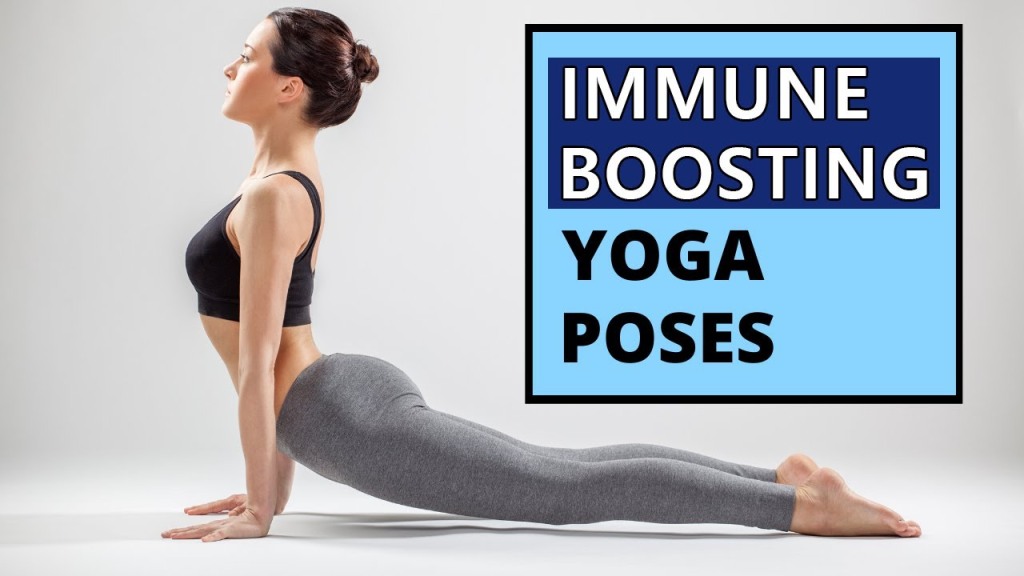
6. Weight Loss:
Hatha Yoga also helps you burn calories and get toned muscles with improved flexibility. According to a study conducted by the American Council on Exercise, the average person burns nearly 3-6 calories per minute doing yoga, accounting to 180 calories burned during one hour class. Some yoga poses put a strain on the muscles. This causes muscles to get ripped, but in a good way. Once the muscles get ripped, they require energy to rebuild themselves. They utilized the energy from the stored fat in your body.
A 185-pound person can burn up to 400 calories with one hour Hatha yoga while a 155-pound person will shed up to 300 calories.
Yoga also promotes mindfulness, making you more aware of your eating habits and feelings of fullness. This can help suppress overeating and weight gain; it may even lead to weight loss. Some of the best hatha yoga poses for losing weight are Seated Forward Bend, Shoulder Stand, Warrior Pose, and Half Moon Pose, reverse plank poses and mnay more do regular and stay fit stay calm stay relax…
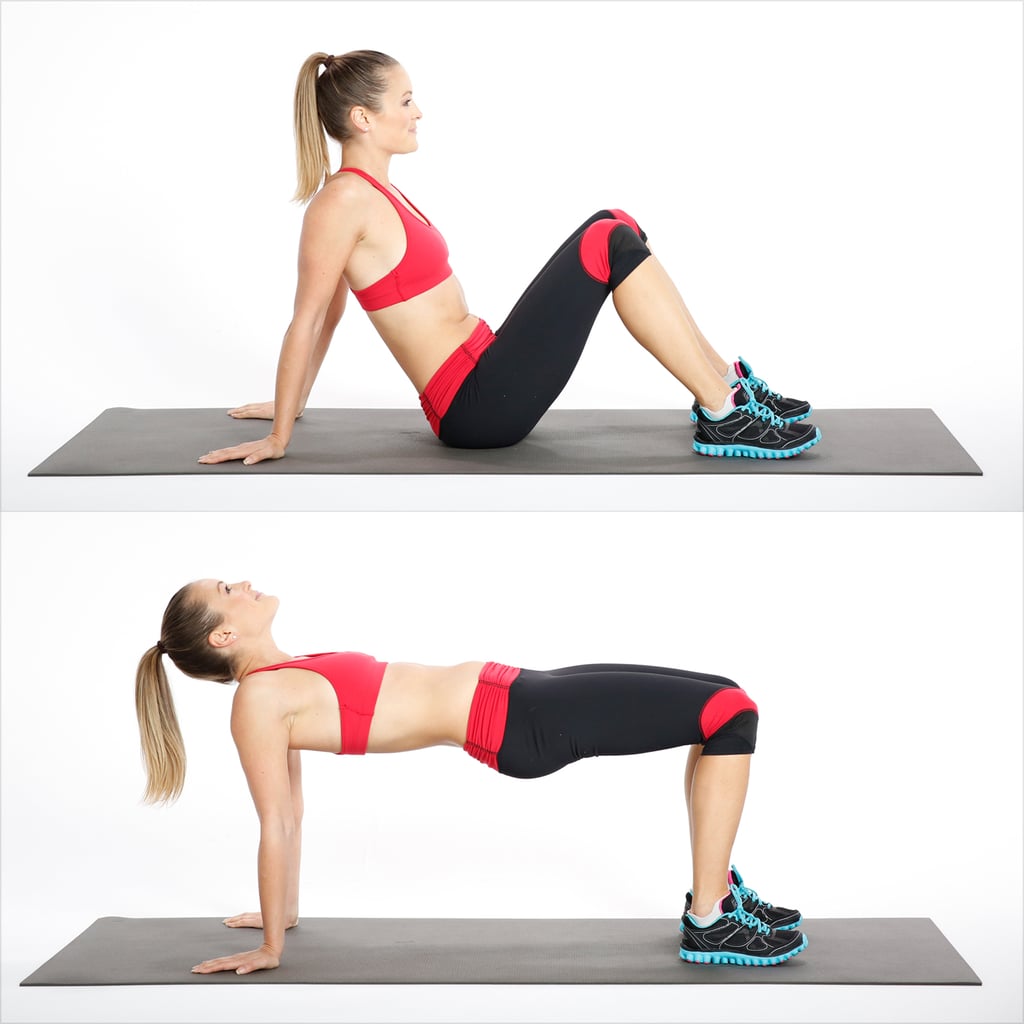
hey guys this is all hatha yoga information if you really like and subscribe and read and share all thanks …..if any topic suggest to me next topic i made blog on that …



















